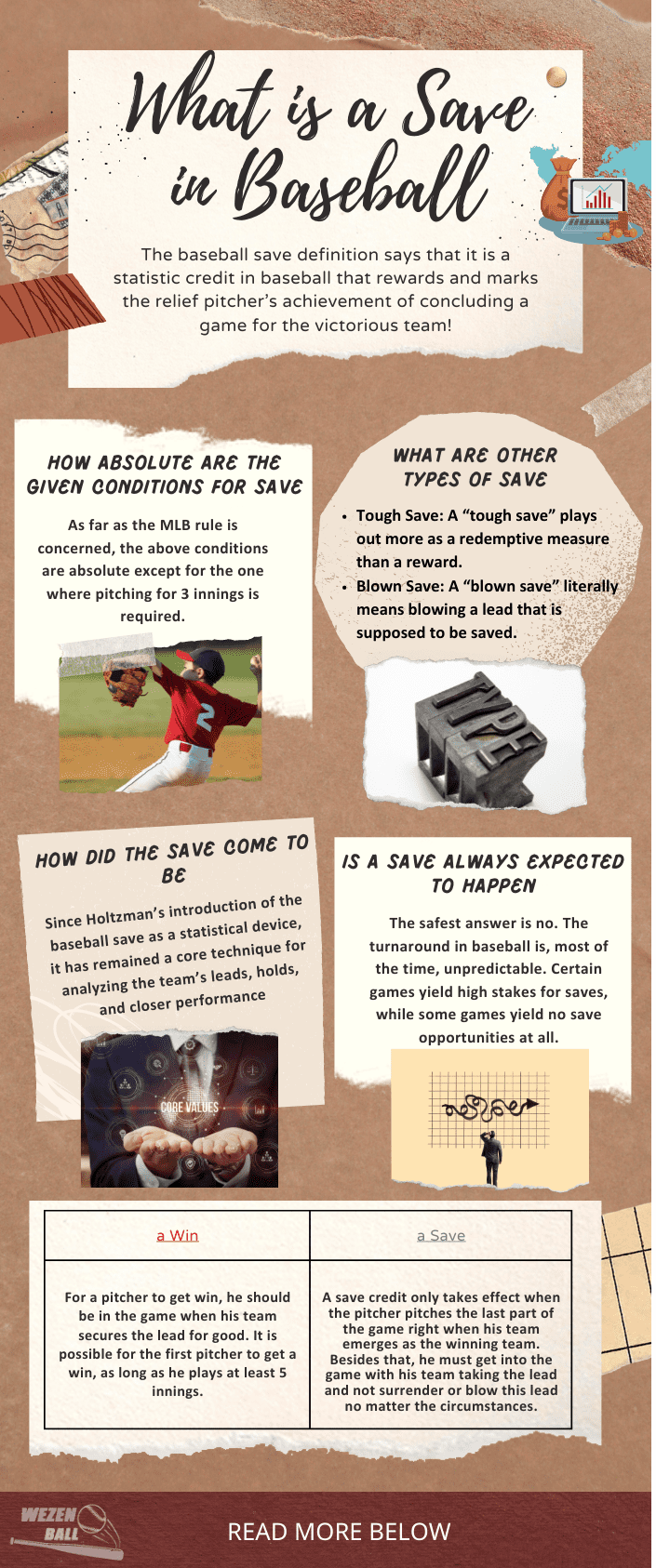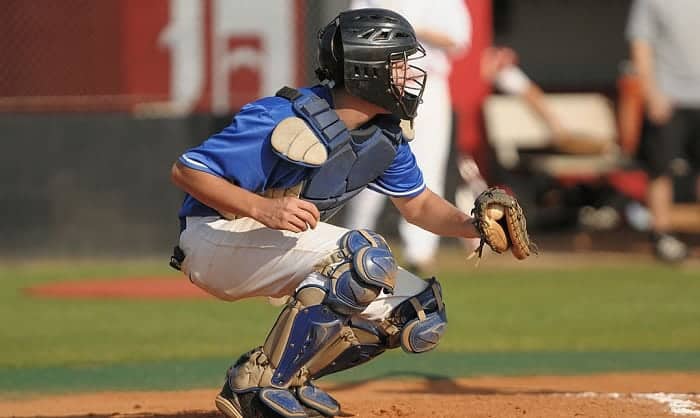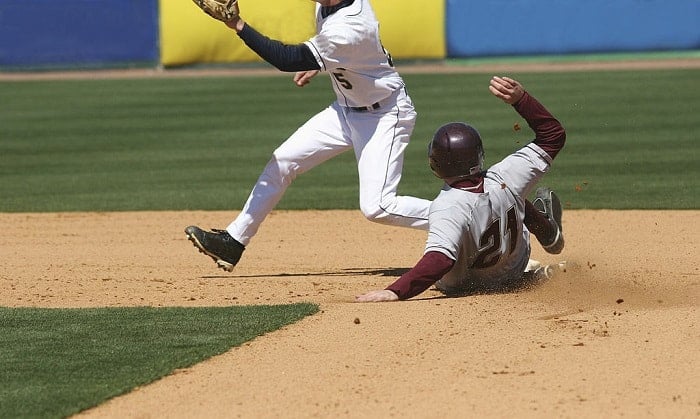Most pitchers would feel down-right flattered when earning a save. That is how crucial a save record is! But, what is a save in baseball, really? Does it help build the team’s chances of winning?
Baseball comes with many lingos and technical codes. But when it comes to cheers and screams, no other record beats the save in earning them!
Find out why the save is a thrilling event in baseball by reading the content below!
Contents
Baseball Save Definition
The baseball save definition says that it is a statistic credit in baseball that rewards and marks the relief pitcher’s achievement of concluding a game for the victorious team!
A pitcher get a save when he meets the following requirements:
- Not the winning pitcher
- Certified to have finished his team’s lead to a win
- Certified to have secured sufficient pitches (pitching for at least ⅓ of an inning)
Even if qualified based on the above criteria, he must still be able to meet at least one of these conditions:
- Comes into the game with the odds for a tying-run either on-deck, at-bat, or on-base
- Pitches for 3 innings at the very least
- Starts playing with a lead of at most 3 runs & pitches for a minimum of 1 inning
How Absolute are the Given Conditions for Save
As far as the MLB rule is concerned, the above conditions are absolute except for the one where pitching for 3 innings is required.
As per the MLB save rules, pitching for a minimum of 3 innings doesn’t guarantee a save. The arbiter of the game has the right to decide whether a save is awarded.
Before the official declaration of the save award, the pitcher remains under the “save situation or opportunity.”
Under the MLB rule, only one pitcher can earn one save for each game.
What are Other Types of Save
There are two common variations of save:
- Tough Save: A “tough save” plays out more as a redemptive measure than a reward. It happens when a relief pitcher gets in a game with zero odds for save opportunities and then decides to surrender the lead before another reliever takes over.
It also takes effect when the pitcher earns a save simultaneously with a winning run on-base.
The tough save scenario results in the relief pitcher getting a two-point penalty. However, since the save opportunity does not exist in this case, he will not be getting a “blown save.”
- Blown Save: A “blown save” literally means blowing a lead that is supposed to be saved. This event happens when a pitcher gets into a game with odds for a save opportunity but allows the tying run to score.
With the penalty in effect, the pitcher loses the chance to earn a save. He can, however, get a win if his team takes back the lead.
From another perspective, he could end up as the relief pitcher who closes the game with a number of blow saves.
Because closers (also called relief pitchers) often come into a game when their team is leading, when closers earn a win, they likely have blown a save beforehand.
Middle relievers often have more blown saves than saves, due to their lack of opportunities to finish a game and earn a save. As a result, unknowledgeable commentators will say middle relievers are bad closers. To better assess middle relievers, the hold statistic was created.
How Did the Save Come to Be
Before the 1960s, the save did not warrant any effect as a statistical tool. But thanks to sportswriter Jerome Holtzman, the save statistic emerged as a recognized form.
Earlier means for determining pitching performance remained within the frames of wins and losses. And it proved insufficient. Thus, scoring and analyzing pitching performance in the past took too much time and effort.
With the save statistics, the focus on pitching performance shifted to where it should have been all along: the quality of sustaining a lead.
Since Holtzman’s introduction of the baseball save as a statistical device, it has remained a core technique for analyzing the team’s leads, holds, and closer performance.
Is a Save Always Expected to Happen
The safest answer is no. The turnaround in baseball is, most of the time, unpredictable. Certain games yield high stakes for saves, while some games yield no save opportunities at all.
In a situation wherein the relief pitcher enters the game with a lead of more than 3 runs and pitches for under 1 inning, or no potential tying run, he should find himself in a non-save situation. Naturally, a non-save situation should also bear no means for earning a save.
What is the Difference Between a Win and a Save?
For a pitcher to get a win, he should be in the game when his team secures the lead for good. It is possible for the first pitcher to get a win, as long as he plays at least 5 innings.
On the other hand, a save credit only takes effect when the pitcher pitches the last part of the game right when his team emerges as the winning team. Besides that, he must get into the game with his team taking the lead and not surrender or blow this lead no matter the circumstances.
Conclusion
The facts surrounding the question “what is a save in baseball” interact with those of hold. As we found out in this article, both are integral to each other. More so, the save statistic proved integral to the emergence of the closer position.
The save unfolds as a thrilling scenario as it usually happens during the last part of the game when the relief pitcher pitches the team’s lead for the win!

Five years as a baseball player, my training approaches with this game give me the motivation to inspire and support young players more. Like all sports, we should start with the desire to have fun and maintain our resilience to strive better at any competition. But, of course, some of us want to have some fun and train for better health. It does not matter what your initial purpose is; I believe that most people ever holding on to the baseball bat will fall in love with the games as I do.

















